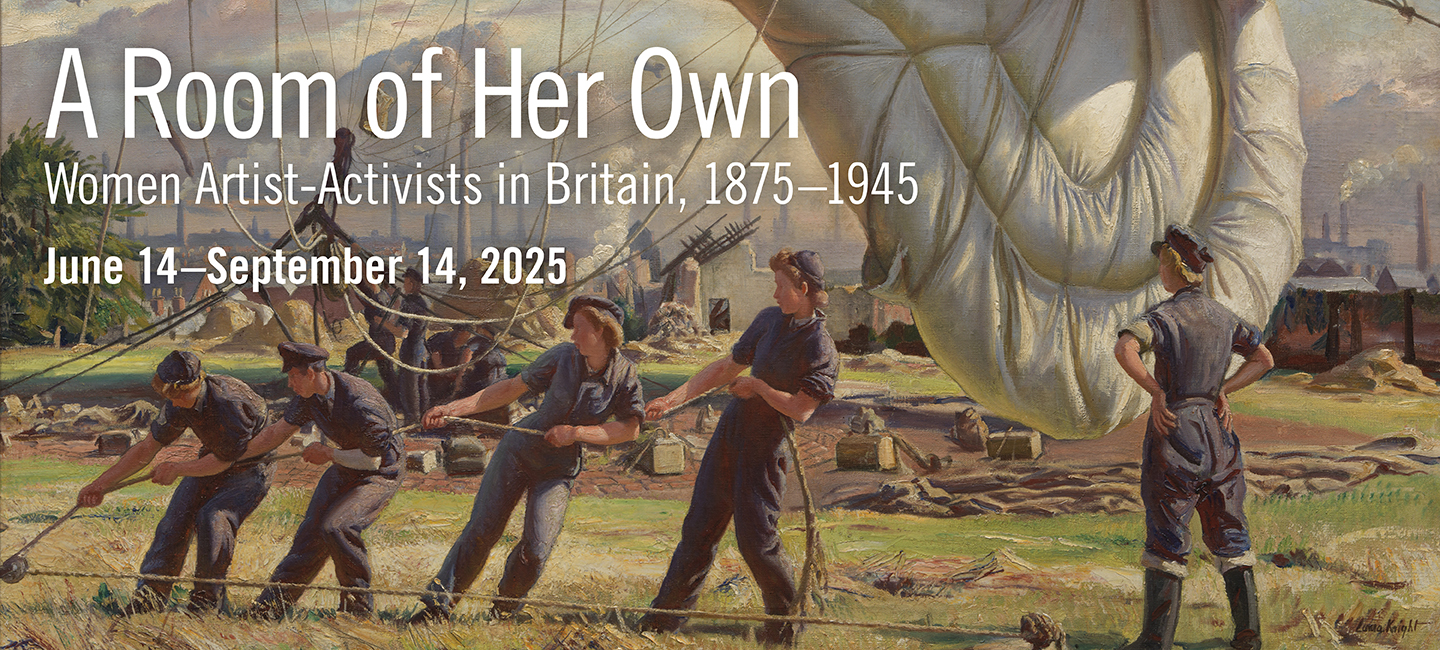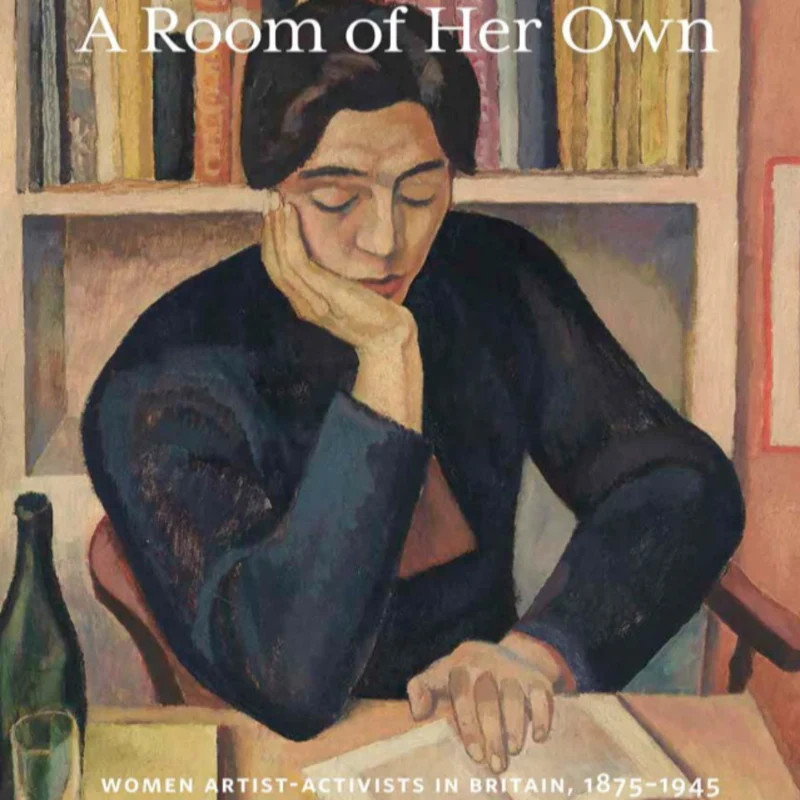Domestic Activism
 Ethel Sands, The Chintz Couch, c. 1910–11, oil on board. Tate, presented by the Contemporary Art Society, 1924, N03845
Ethel Sands, The Chintz Couch, c. 1910–11, oil on board. Tate, presented by the Contemporary Art Society, 1924, N03845In the nineteenth century, middle- and upper-class women were expected to marry, and be the helpmate of their husbands. Motherhood was idealized, and women were encouraged to find fulfillment within the home, not in the professional sphere. Quietly but insistently, women artists (among others) challenged long-prescribed roles, expanding the possibilities of how one might live.
As professional artists, some women became the main breadwinners in their households, upsetting traditional patriarchal roles. Louise Jopling and Evelyn De Morgan earned more than their spouses at various points in their careers and financially supported their families. Helen Allingham increased her watercolor production after her husband’s death to provide for herself and three young children.
Some artists rejected traditional family structures. Vanessa Bell (née Stephen) married Clive Bell and had two children with him, but both adults pursued other relationships during their marriage. Vanessa Bell also had a child with Duncan Grant, with whom she shared a studio and lifelong friendship—even as he had other relationships with men. Married artists Anna Airy, Dame Laura Knight, and Annie Louisa Swynnerton did not have children and pursued their painting careers with the support of their artist spouses. Laura Sylvia Gosse remained unmarried.
At a time when lesbian partnerships were not openly discussed—and male homosexuality was criminalized—some women artists formed lifelong domestic partnerships with women. Anna Hope “Nan” Hudson and Ethel Sands did not hide their romantic relationship. Mary Lowndes lived and worked with Barbara Forbes for much of their lives, and they worked together in the Artists' Suffrage League. May Morris, after several difficult relationships with men, found companionship with Mary Loeb. Gluck rejected gender norms in both appearance and relationships. In moving beyond expected gender roles, these women artists became activists for new ways of living and loving.

